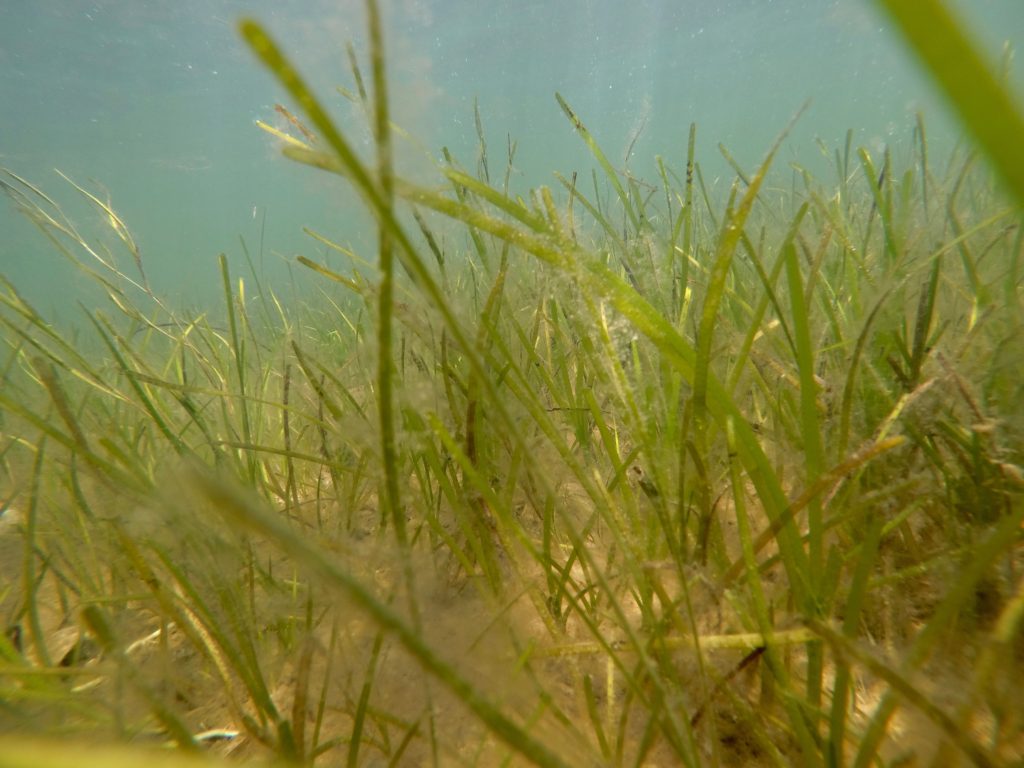Eelgrass Ecosystems
EELGRASS (Zostera marina) is a native seagrass that grows on the sandy bottoms of our local salt ponds and coastal waters. This natural resource provides immense ecological and commercial value by improving the health of our waters both locally and globally. Eelgrass serves as habitat for larval fish, produces oxygen, sequesters carbon, improves water quality, stabilizes shorelines, and is an indicator of the overall health of an estuary.
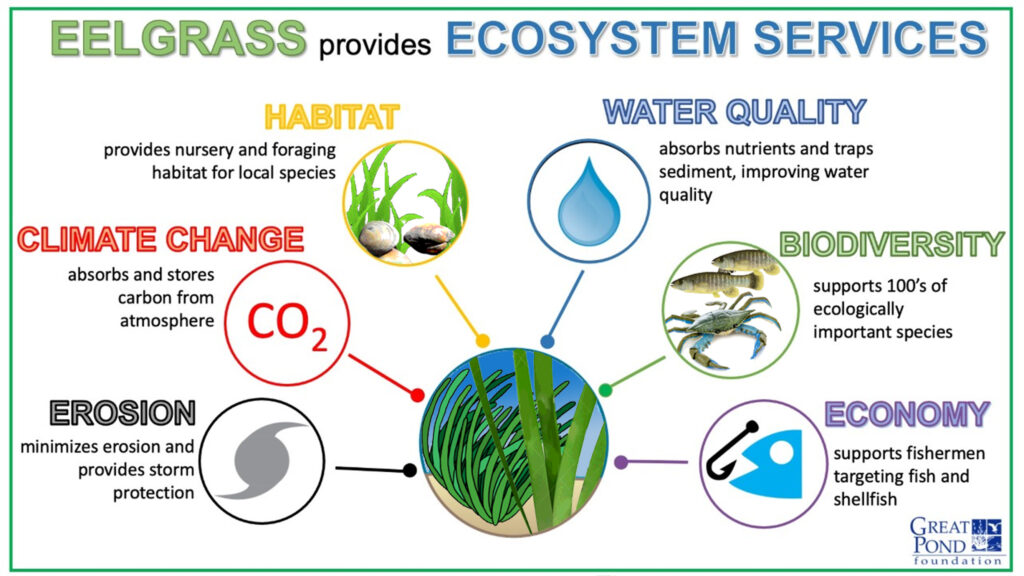
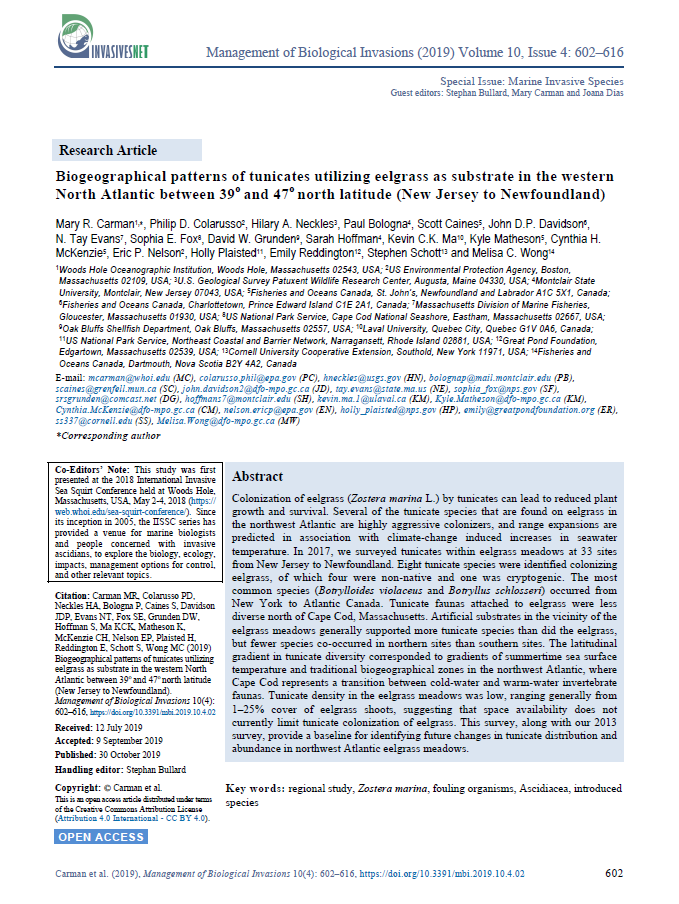
Great Pond Foundation has been working with Woods Hole Scientist, Mary Carman, and EPA scientists Phil Colarusso and Eric Nelson for the past several years to study the distribution, health, and tunicate fouling of eelgrass in Edgartown Great Pond. Results of this ongoing project can be found in this 2019 study. ??
Eelgrass meadows have returned to Edgartown Great Pond as a result of conservation efforts and improved water quality over the last decade.
Eelgrass requires clear and clean water, which makes it an indicator of water quality and overall ecosystem health. However, this is a fragile species that has been struggling both locally and globally.
How much Eelgrass is in Edgartown Great Pond? Great Pond Foundation collaborated with the Martha’s Vineyard Commission to map the eelgrass in Slough Cove of Edgartown Great Pond.
This work is made possible by a 2020 Edey Foundation Grant.
PLAN OF ACTION:
1. Map Slough Cove by Drone
2. Make High-Res Composite Image
3. Delineate Seagrass Meadows
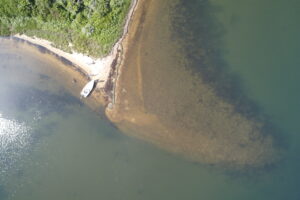
STEP 1: Map Slough Cove by Drone
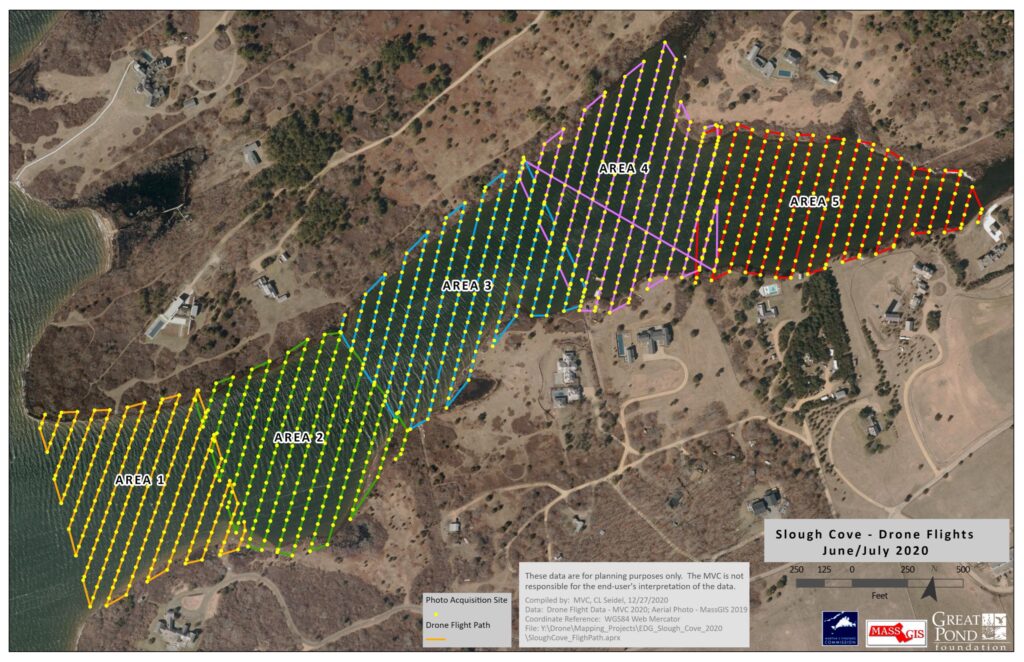
STEP 2: Make High Resolution Composite Image
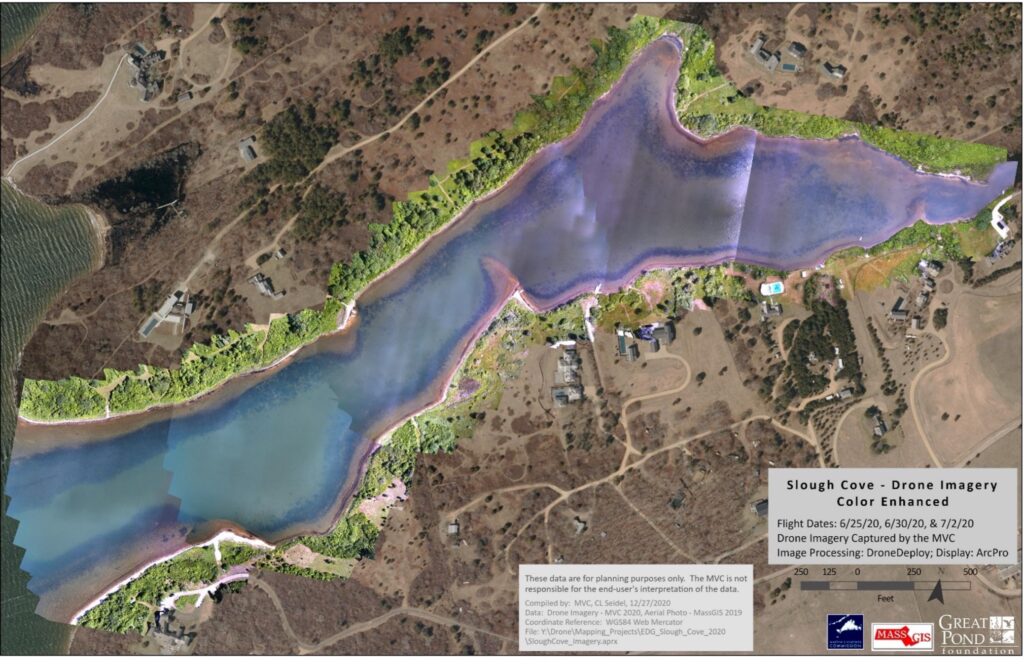
STEP 3: Delineate Seagrass Meadows


Coastal seagrasses and wetlands remove carbon from the atmosphere and help to combat climate change. In Edgartown Great Pond, the native eelgrass meadows store carbon in the sediments of the Pond floor. Coastal ecosystems are capable of removing large amounts of carbon from the atmosphere and storing it for centuries to millennia. BLUE CARBON is the carbon sequestered by coastal marine ecosystems.
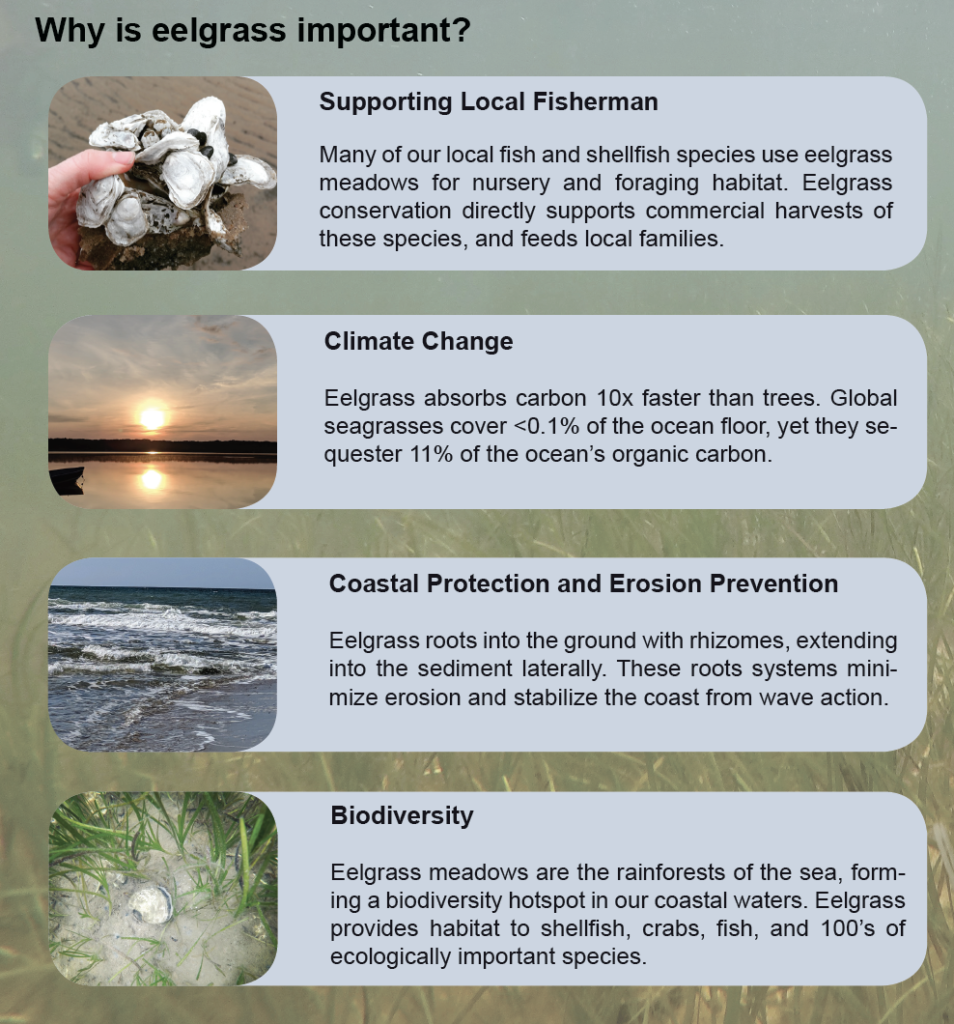
Animals in local eelgrass meadows
- food for bait fish
- marine worms
- calcium worms
- spider crabs
- bay scallops
- pipefish
- sticklebacks
- mummichogs
- striped killfish
- silversides
- sheep’s head minnows
- toadfish
- sea robin
- northern puffer fish
- blue crab
- lobster
- striped bass
- bluefish
- sometimes even sharks!

